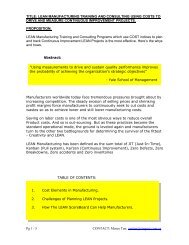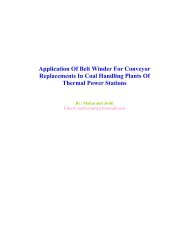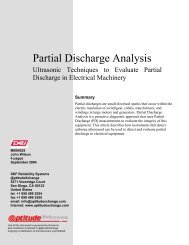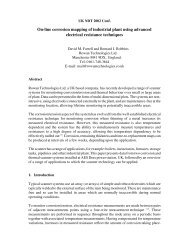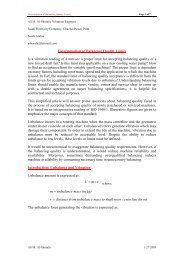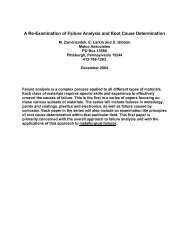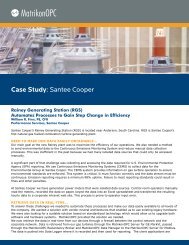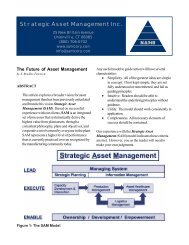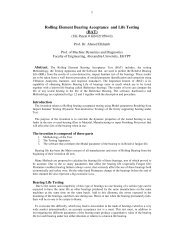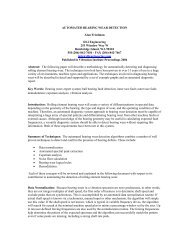Investigating Material and Component Failure - TCR Engineering ...
Investigating Material and Component Failure - TCR Engineering ...
Investigating Material and Component Failure - TCR Engineering ...
You also want an ePaper? Increase the reach of your titles
YUMPU automatically turns print PDFs into web optimized ePapers that Google loves.
PIPELINE FAILURE<br />
Gas <strong>and</strong> oil pipelines have established an impressive safety record over the<br />
years. However, failures have occurred for an assortment of reasons. Some of<br />
the causes of failure are identified in this commentary.<br />
Since the 1940s, all of the oil <strong>and</strong> gas transmission lines have been built by<br />
welding. In general, American Petroleum Institute (API) 5L specification steels<br />
are used in pipelines. Pipeline wall thicknesses are established on the pressure in<br />
the line <strong>and</strong> on the allowable hoop stress levels for the material. The allowable<br />
stress levels for gas pipelines vary based on the location of the pipeline <strong>and</strong> are<br />
regulated by the U.S. Department of Transportation (DOT).<br />
Pipelines are pressure tested in addition to nondestructive testing prior to being<br />
put into service. Normally, pipelines are hydrostatically stressed to levels above<br />
their working pressure <strong>and</strong> near their specified minimum yield strength. This<br />
pressure is held for several hours to ensure that the pipeline does not have<br />
defects that may cause failure in use. This proof test of pipelines provides an<br />
additional level of confidence that is not found in many other structures.<br />
Some of the causes of pipeline failures are listed below:<br />
• Mechanical damage<br />
• Fatigue cracks<br />
• <strong>Material</strong> defects<br />
• Weld cracks<br />
• Incomplete fusion<br />
• Improper repair welds<br />
• Incomplete penetration<br />
• External or internal corrosion<br />
• Hydrogen blistering<br />
Mechanical damage normally consists of gouges <strong>and</strong> dents. They generally are<br />
created by excavation or h<strong>and</strong>ling equipment during construction.<br />
<strong>Failure</strong> <strong>and</strong> Root Cause Analysis White Paper by <strong>TCR</strong> <strong>Engineering</strong>, India 11



